The International Holocaust Remembrance Day is a global memorial day held on January 27 in honor of the victims of the Holocaust, which resulted in the killing of 33 percent of the Jewish population, as well as countless individuals from other minorities, between 1933 and 1945 by the Nazis. Germany in an attempt to implement their "last resort" to the Jewish investigation. The date of January 27 was chosen to commemorate the liberation of Auschwitz by the Red Army in 1945.
Today commemorates the killing of 6,000,000 Jews, or 66 percent of Europe's Jewish population, as well as a large number of others of the Nazi system and its collaborators. On 1 November 2005, it was awarded a 60/7 target by the UN General Assembly. The goal came after an extraordinary meeting was held earlier that year on January 24 to commemorate the 60th anniversary of the liberation of Nazi inhuman prisons and the end of the Holocaust. Many countries have established Holocaust Memorial Days. Many, such as Britain's Holocaust Memorial Day, are celebrated on January 27, while others, such as Israel's Yom HaShoah, are observed at different times of the year.
What was the Holocaust?
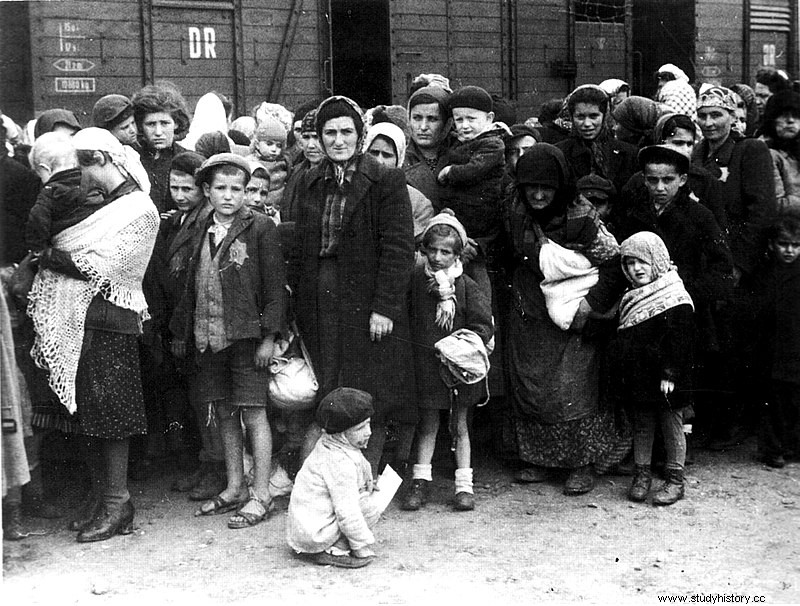
The Holocaust, also known as the Shoah, was the extermination of European Jews during World War II. Between 1941 and 1945, Nazi Germany and its allies murdered about 6,000,000 66 XNUMX Jews in German-occupied Europe, who made up about XNUMX percent of Europe's Jewish population. Killings were committed in massacres and mass shootings, as part of an extermination strategy involving work in inhuman prisons, and in gas chambers and gas cars in German killing camps, primarily Auschwitz-Birkenau, Beech, Chelmno, Majdanek, Sobibór and Treblinka involved. Poland.
Germany carried out the abuses in stages. Following Adolf Hitler's appointment as Chancellor on January 30, 1933, the system established a network of death camps in Germany for political opponents and those considered "unfortunate," beginning with Dachau on March 22, 1933. Following the repeal of the Empowerment Act on March 24, I In 1933, which gave Hitler tyrannical total power, the public authorities began to isolate Jews from the common society, including a boycott of Jewish organizations in April 1933 and a sanction of the Nuremberg Laws of September 1935.
On the night between November 9 and 10, 1938, eight months after Germany annexed Austria, Jewish organizations and other structures were torn down or set on fire throughout Germany and Austria in what became known as Crystal Night ("Broken Glass Night"). European Jews were targeted for extermination as part of a larger event during the Holocaust (1933-1945), in which Germany and its allies abused and killed a large number of others, including ethnic Poles, Soviet regulars and prisoners of war, Roma. , and gay men.
International Holocaust Remembrance Day Timeline
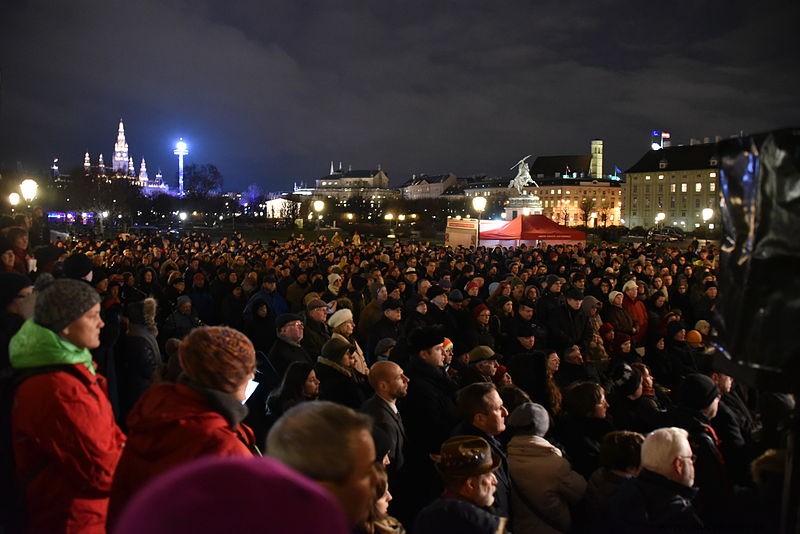
Goal 60/7, which marks January 27 as International Holocaust Remembrance Day, calls for each UN member state to respect the memory of Holocaust victims, 6,000,000 Jews, "33 percent of the Jewish public, along with countless individuals from various minorities," and provides energy to promote educational projects on Holocaust history to prevent future demonstrations of decimation. It condemns any refusal to recognize the Holocaust as an occasion and any manifestation of strict bigotry, devotion, badger or savagery directed at individuals or networks based on ethnic origin or strict belief.
It also requires effective securing of Holocaust sites that served as Nazi concentration camps, inhuman prisons, confined labor camps, and detention facilities, as well as the development of a UN program of action and social gathering for Holocaust recognition and education. The state of Israel pushed for the achievement of goal 60/7 and the celebration of International Holocaust Remembrance Day. Silvan Shalom, Israel's pastor for foreign affairs, was at the helm of Israel's delegation to the UN.
At the UN, there have been several awards given to individuals. The Holocaust and the UN outreach program coordinated the Holocaust Remembrance Weeks in 2006, 2007 and 2008. This program is crucial to the UN Department of Public Information Outreach and was established according to the General Assembly's goal 60/7.
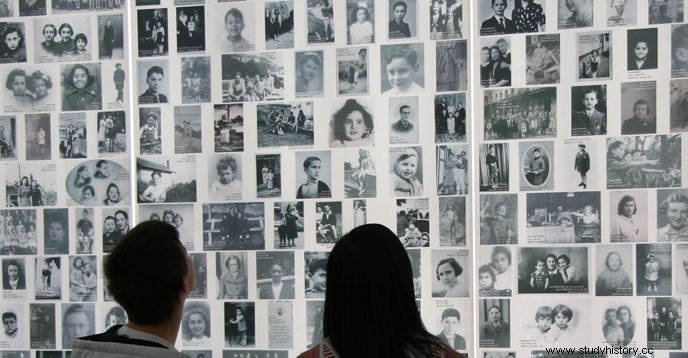
In the year 2006,
Holocaust Remembrance Week began on January 24 at UN headquarters with the unveiling of a show entitled "No Child's Play - Remembrance and Beyond" in the visitors' lobby. This journey, presented by Yad Vashem, Holocaust Martyrs 'and Heroes' Remembrance Authority in Jerusalem, opened a window into the world of children during the Holocaust. It focused on toys, games, crafts, journals and sonnets, which contained part of the children's stories and provided an insight into their lives during the Holocaust. The presentation told the story of endurance - these children's struggle to hold on to life.
The film Fateless by Lajos Koltai was shown in Dag Hammarskjöld Auditorium on 25 January. The UN Department of Public Information held its first comprehensive commemoration of the International Holocaust Remembrance Day at UN Headquarters on 27 January. A memorial service and lecture on the theme "Recognition and Beyond" was held in the General Assembly Hall.
It highlighted welcoming comments from former Deputy Secretary-General for Communications and Public Information Shashi Tharoor; a recorded message from former Secretary General Kofi Annan; proclamations from the super-durable agents in Israel and Brazil to the UN, and by Gerda Weissmann Klein, Holocaust survivor, creator and antiquarian Gerda and Kurt Klein Foundation; the depiction of images of Holocaust victims commemorated on the "Pages of Testimony" in the Name Hall of Yad Vashem, Jerusalem; just as a presentation of The Zamir Chorale of Boston; and a speech by Professor Yehuda Bauer, Scientific Consultant for Yad Vashem, and the Task Force for International Cooperation on Holocaust Education, Remembrance and Research.
i 2007
On January 29, the second annual recognition of the International Day of Remembrance for Holocaust Survivors was held in the General Assembly hall at the UN headquarters. Shasta Tharp, former Deputy Secretary-General for Communications and Public Information, presented a program that began with a video message from Secretary-General Ban Ki-moon. Proclamations were then given by Sheikha Haya Rashed Al Khalifa, chair of the 60th General Assembly, and Ambassador Dan Gillerman, Israel's Permanent Representative to the United Nations.
The aforementioned discussion, "Recognition and Beyond", was held by Madame Simone Veil, a Holocaust survivor, leader of the Fondation pour la Mémoire de la Shoah, and a person from the French Constitutional Council. The recognition focused on the importance of permeating the present youth with the illustrations of the Holocaust, so that people in the future can try to prevent mockery, extremism, bigotry and bias. Marie Noel, an understudy at the College of Saint Elizabeth, shared her meetings with visiting formerly inhumane prisons in Poland.
Remembrance
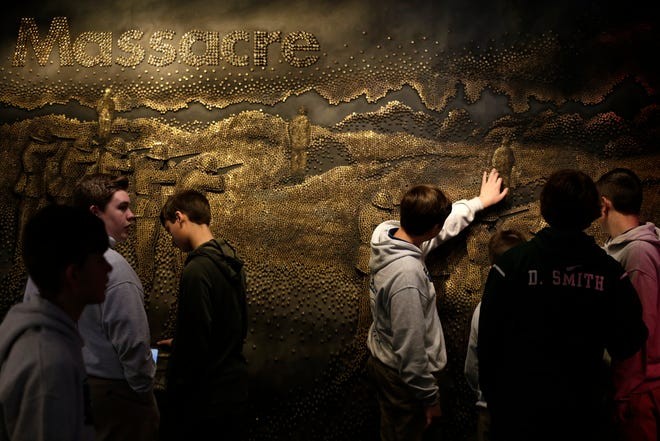
The memorial function also centered around the weakened local area as one of the many collections of casualties in the Nazi system. Thomas Schindlmayr of the United Nations Department of Economic and Social Affairs discussed the importance of instruction to promote resistance and end the oppression of all minorities, especially with a view to the reception by the General Assembly on 13 December 2006 of the Milestone Convention on the Rights of Persons with Disabilities. Furthermore, a melodic exhibition was given by HaZamir:The International Jewish High School Chamber Choir, an initiative of the Zamir Choral Foundation, established and coordinated by Matthew Lazar. Netanel Hershtik, of the New York Synagogue, spoke about Kaddish
Documentation and books
During the recognition, the UN Department of Public Information also launched another website and asset for UN states, teachers and non-legislative associations called "Electronic Notes for Speakers" created for the Holocaust and the UN outreach program by Yad Vashem - Holocaust Martyrs' and Heroes Remembrance Authority, Jerusalem, and the USC Shoah Foundation Institute for Visual History and Education and the Memorial de la Shoah in Paris. The electronic notes provide survivor statements and data material that will provide speakers with the instruments that are expected to guide briefings on the Holocaust and illustrations that can be gleaned from it.
The UN Bookstore made available ten volumes of personal records of Holocaust survivors distributed mutually by The Holocaust Survivors 'Memoirs Project and Yad Vashem - Holocaust Martyrs' and Heroes Remembrance Authority. A drive by Nobel Peace Prize winner Elie Wiesel, Holocaust Survivors' Memoirs Project, has gathered north of 900 original copies. Its central goal is to give both the people concerned and the survivors of the Holocaust the balance of a long-term chronicized presence, not as unoriginal insights, but rather as people with names, voices and feelings. The UN bookstore also had a conversation with Daniel Mendelsohn about his book The Lost:A Search for Six of the Six Million.
Department of Public Education and Holocaust Remembrance Day
The Department of Public Information also designated Holocaust Remembrance Week with two shows in the UN guest hall. The first, called "The Holocaust against Sinti and Roma and Today's Racism in Europe", took into account the experience of Roma and Sinti during the Holocaust. The ensuing show featured art, created by Holocaust survivors, that explored the meaning and experience of the Holocaust.
January 31 found a unique screening of Volevo solo Vivere (I Only Wanted to Live), coordinated by Mimmo Calopresti. The film tells the touching story of nine Italian survivors from Auschwitz. The next day, the Navy Savoie, coordinated by Serhiy Bukovsky, was also shown. The film, about the Holocaust in Ukraine, tells the story of nearby individuals who escaped serious execution and the people who protected companions and neighbors during the Holocaust. The two films, provided by the USC Shoah Foundation Institute for Visual History and Education, were shown in the Dag Hammarskjold Library Auditorium. On February 2, the third interview paper in the Holocaust and Genocide series was distributed, about Hitler, Pol Pot and Hutu power.
i 2008
During the seven days of January 28, 2008, the United Nations Department of Public Information coordinated various events across the entire memorable planet for Holocaust survivors and highlighted the value of human existence. The 2008 recognition focused on the need to guarantee the security of fundamental freedoms for all. It was in line with the 60th anniversary of the reception of the Universal Declaration of Human Rights.
Holocaust Remembrance Day began with the issuance of another UN Holocaust Remembrance stamp together, all the time, interestingly enough, with a public stamp from the Israel Postal Company. The two stamps have a similar plan. On January 28, 2008, at the United Nations Headquarters in New York, United States Congressman Tom Lantos, himself a Holocaust survivor, conveyed a function address "Municipal Responsibility and the Preservation of Democratic Values" at the inauguration function and the show held in the General Assembly Hall.
Holocaust Remembrance Day Events
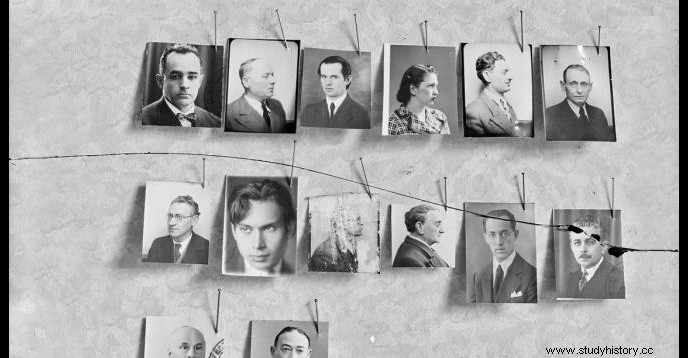
Various speakers included Srdjan Kerim (Macedonia), chair of the 60th General Assembly, Ambassador Dan Gillerman, Israel's Permanent Representative to the UN, and Kiyo Akasaka, Deputy Secretary - General for Communications and Public Information. The function also highlighted a show with Tel Aviv University Buchmann-Mehta School of Music ensemble symphony in collaboration with the Israel Philharmonic Orchestra led by maestro Zubin Mehta.
On January 30, 2008, the primary super durable shoe for the Holocaust and the UN was unveiled. Made by the Holocaust and the UN outreach program, it presents an overview of the Holocaust with regard to World War II and the establishment of the UN. It is seen by the 400,000 XNUMX guests who visit the UN headquarters annually. In anticipation of the opening of the exhibition, Elizabeth Edelstein, Director of Education for the Museum of Jewish Heritage, briefed the UN local escort on the historical background of the Holocaust to complement how they can interpret this turning point.
Across the planet, UN workplaces coordinated opportunities to mark Memorial Day. In Brazil, a recognition was hung on January 25 by the country's leader, Jose Inacio Lula da Silva, and the mayor of Rio de Janeiro, César Maia. In Madagascar, an extremely lasting display of the Holocaust was unveiled at the UN Information Center.
Holocaust Remembrance Day and the UN
The Holocaust and the UN outreach program also planned a video conference for students with UN data focusing on Antananarivo, Madagascar and Lomé, Togo, and teachers at the Mémorial de la Shoah in Paris. At the UN Office in Ukraine, a roundtable discussion was coordinated in organization with the Ministry of Education and the Ukrainian Holocaust Study Center. In Tokyo on January 29, an educational study focusing on youth undergraduate studies was reset to the connection between the Holocaust and fundamental issues of freedom.
Similarly, the United States Holocaust Memorial Museum provided data in English and Spanish to various UN computer communities for use in their reference library. To help carry out its educational mission, the Department of Public Information participated in a board meeting with the United Nations Educational, Scientific and Cultural Organization (UNESCO) in the early evening of 28 January to highlight the importance of Holocaust training, coordinated by B 'nai B'rith International.
A subsequent show, "Carl Lutz and the Legendary Glass House in Budapest", was supported by the Carl Lutz Foundation and the permanent missions in Switzerland and Hungary. Carl Lutz, the Swiss Deputy Consul in Budapest, had provided migrations authentications to put a large number of Jews under Swiss insurance.
In the year 2019,
In January 2019, the Albanian UN Ambassador, Besiana Kadare, organized an event on the topic "A Report on Humanity:The Salvation of Jews in Albania" with the World Jewish Congress and the UN Department for Global Communication on behalf of Albania.
Kadare made remarks at the UN under an instruction entitled "Holocaust Remembrance:Demand and Defend Your Human Rights," commemorating the extermination of 6,000,000 European Jews during World War II and the semi-secret history of Albanians during the Holocaust in Albania, which took in a large the number of Jews who may have ended up in Nazi concentration camps in one way or another.
In the year 2020,
To commemorate Holocaust Remembrance Day, Chelsea FC unveiled a painting by Solomon Souza at an outside trade show at the West Stand at Stamford Bridge Arena in January 2020. The painting is important in Chelsea's anti-Semitism crusade, funded by club owner Roman Abramovich. Portraits of footballers Julius Hirsch and rpád Weisz, who were killed in Auschwitz, and Ron Jones, a British prisoner of war known as the 'Auschwitz goalkeeper', are remembered for the painting.
The Meaning and Impact of Holocaust Remembrance Day

From 2004, twelve nations marked January 27, the day of the freedom of the Auschwitz death camp, including Germany, Britain, Italy, and Scandinavian nations. In 2003, France assigned this date as the day of recognition of destruction and avoidance of crimes against humanity. In 2004, Israel assigned this date as a sign of the fight against discrimination against Jews. As of 2004, eleven nations in Europe chose dates related to nearby accounts.
International Holocaust Remembrance Day Memorial
The United States Holocaust Memorial Museum in Washington, DC, and Yad Vashem in Jerusalem both hold memorial services. Memorial days began in Austria around 2012 at Heldenplatz in Vienna. The expansive scene, Jetzt Zeichen sette, necessitates a financial investment in everyday life. Speakers include Holocaust survivors, anti-fascist activists and lawmakers from a variety of political parties.
Yom HaShoah, which falls on Nisan 27 in Israel, is a public Holocaust Remembrance Day. However, Israel also commemorates International Holocaust Remembrance Day, with officials, negotiators and diplomats visiting Yad Vashem and participating in events across the country.
As part of the International Holocaust Remembrance Day, the Ministry of Diaspora Affairs presents the annual report on anti-Semitism to the Israeli government. The report revises the most important patterns and episodes from the past year, as far as discrimination against Jews and struggle discrimination against Jews.
